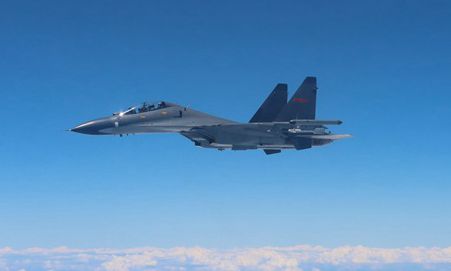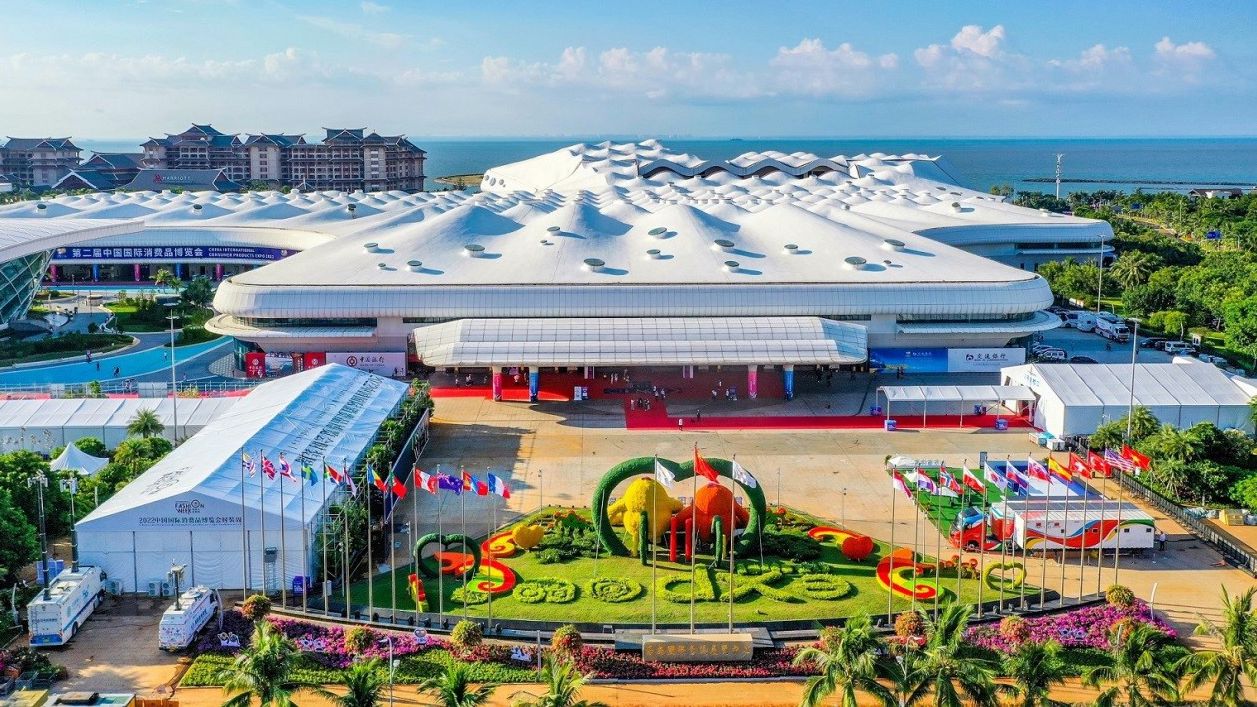Four more cities in Hainan in ‘static management’ as 1,140 COVID-19 cases reported in a week
The rapidly spreading Omicron BA5.1.3 variant that was first reported in Sanya, South China's Hainan has triggered at least four more cities in the province to impose what officials call "static management," in a bid to cut off the fast transmission chain that has resulted in a total of 1,140 COVID-19 cases in less than a week.
Following the steps of Sanya, Wanning, Danzhou, Qionghai and Lingshui have announced that they will impose static management starting from Sunday. The move means that local residents must stay indoors and public transportation is suspended.
The announcements came after Wanning reported 10 COVID-19 cases, Danzhou 51 cases, Qionghai 6 cases and Lingshui 36 cases as of press time on Sunday. In total, between August 1 and Sunday, the province registered 1,140 COVID-19 cases, of which 971 cases are in Sanya and the rest in 10 other cities or counties in the province.
The daily cases across the province has reached its highest on Saturday, with 297 confirmed cases and 186 asymptomatic cases, according to Hainan provincial health authorities. Within the first 12 hours on Sunday, the province reported another 182 cases.
Hainan health authorities said at a press conference on Sunday that this round of the COVID-19 epidemic has spread widely among communities and reached a certain scale. It is in the growing stage, and shows an expanding trend, with the proportion of people among the newly infected who have been placed under restrictions gradually increasing, authorities said.
The biggest challenge for Hainan in containing the infections is that the actual scale of the epidemic still cannot be clearly identified and the province may need to roll out multiple rounds of regular mass testing to reduce the risk, health experts noted.
Home to some 10.2 million people, Hainan officially rolled out province-scale mass nucleic acid testing on Sunday. To aid Hainan in this difficult time, 175 epidemiologists and supervisors from seven provincial-level governments have been dispatched. Meanwhile, 15 provincial-level governments will send nucleic acid testing teams to cities in Hainan, which will boost the province's daily testing capability to 1.99 million tubes per day, as the joint prevention and control mechanism of the State Council mobilized.
A medical team from Guangdong consist of 160 medical staff started their work in Sanya as soon as they reached the city on Saturday. Another medical team from Southwest China's Sichuan Province with 800 medical personnel arrived in Danzhou on midnight Sunday.
The recent COVID-19 surge on the province may indicate that before the first case was found on August 1, the virus had been spreading among communities for some time, and due to crowds of tourists, the virus then rapidly multiplied, a Beijing-based medical expert surnamed Wang told the Global Times.
The mass testing will give a basic big picture of the COVID-19 situation across the province, but one test is far from enough, and Hainan may have to roll out regular mass testing for quite a long time in order to identify all infected people, just as Shanghai did in the latest outbreak, Wang said.
Health authorities have also signaled that there are still some cases yet to be placed under quarantine. Assessing the current situation, the expert believed cases will continue to rise for some time before showing a downward trend, but because the hot weather in Hainan is not conducive to the spread of COVID-19, the epidemic will eventually be brought under control.
In the face of worsened COVID-19 situation, all the flights in and out of Sanya, known as the "Hawaii of China," have been canceled on Sunday, one day after the city announced temporary static management, Chinese flight tracking platform Feichangzhun said. Railways out of Sanya were also suspended on Saturday, according to railway authorities.
Yike and Chongchong (Pseudonym) who were stranded at Sanya Phoenix International Airport on Saturday due to flight cancelation told the Global Times that all tourists stranded at the airport on Saturday have been sent to hotels by the local government where they can have a seven-day free-of-charge stay with three free meals every day.
"The hotel has arranged buses to take us for daily nucleic acid testing. I can go to the hotel's swimming pool and sometimes I go out to have a walk because we are in a low-risk region," said Chongchong.
After the static management in Sanya, Sun, a resident from Northwest China's Xi'an who is in Sanya on a business trip, was also asked to stay inside the hotel together with his colleagues. Other than going out for the nucleic acid test, Sun spent most of his time indoors and takes a walk after sunset while wearing masks.
Sun and his colleagues feel relived as they are under good arrangements and food and other necessities can be delivered.
To settle down stranded tourists, the city had assured at Saturday's press briefing that local hotel will offer 50 percent discount for guests that are staying. Currently, some 32,000 tourists are stranded in Sanya.
But the Global Times found individual cases of some staying visitors complaining about some hotels having doubled the room price before the discount to offset the price loss. Some said their hotels refuse to give the discount.
A staffer of Sanya's tourism bureau told the Global Times on Sunday that the bureau has set up a special working group to address such problems. The staffer said the tourism bureau will register tourists' complaint and then they will reach the specific hotel to solve the problem.
Sun and his colleagues arrived in late July when numerous tourists where enjoying the sunshine and beach. Before the reporting of cases, people were asked to wear masks indoors and scan health codes wherever they go - "the epidemic prevention measures were implemented well," Sun told the Global Times on Sunday.
Though the COVID-19 situation continues to develop, the route for leaving the province is open to stranded tourists. They will be able to leave the province after a seven-day risk assessment.
The virus strain has been identified as the Omicron BA5.1.3 variant, a mutated variant that was reported in the country for the first time. The central fishing port of Yazhou district was the first to report the variant, which was likely to have been imported through trading with overseas fishermen, local authorities said on Thursday.
Photos
Copyright © 2022 People's Daily Online. All Rights Reserved.









